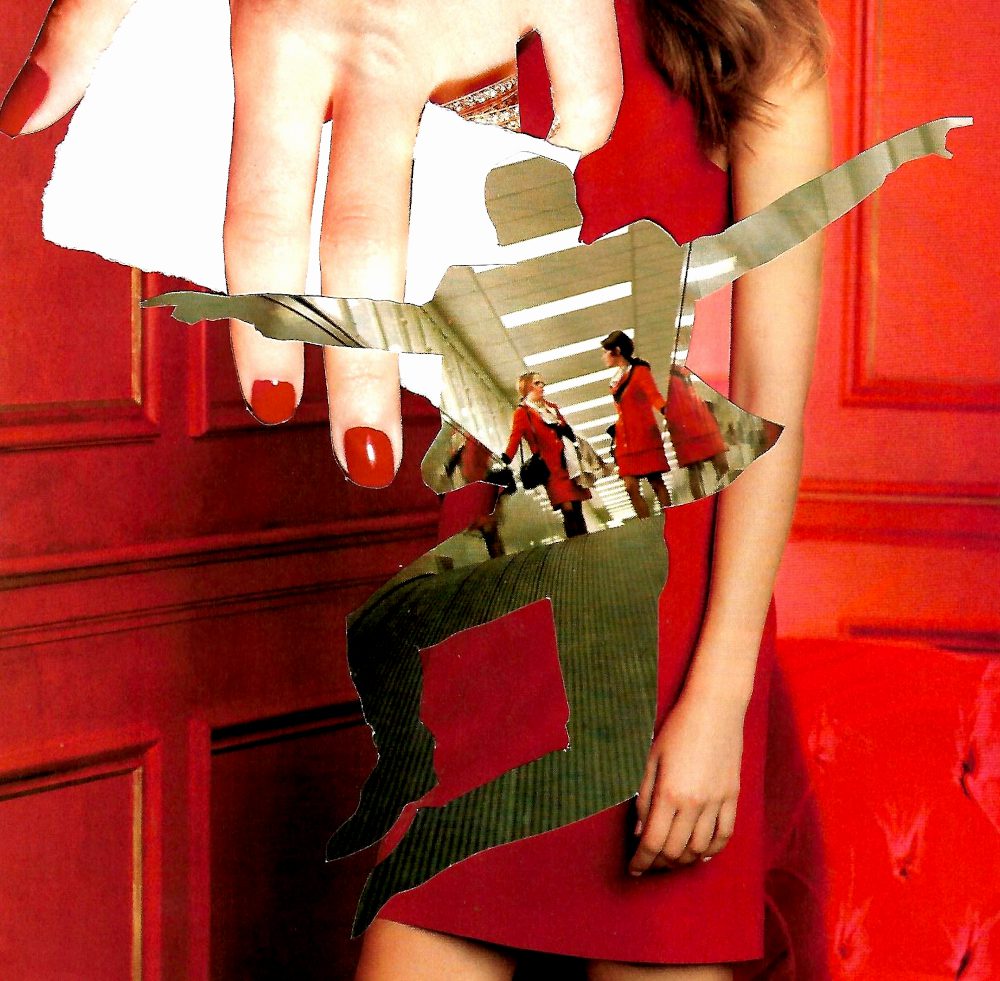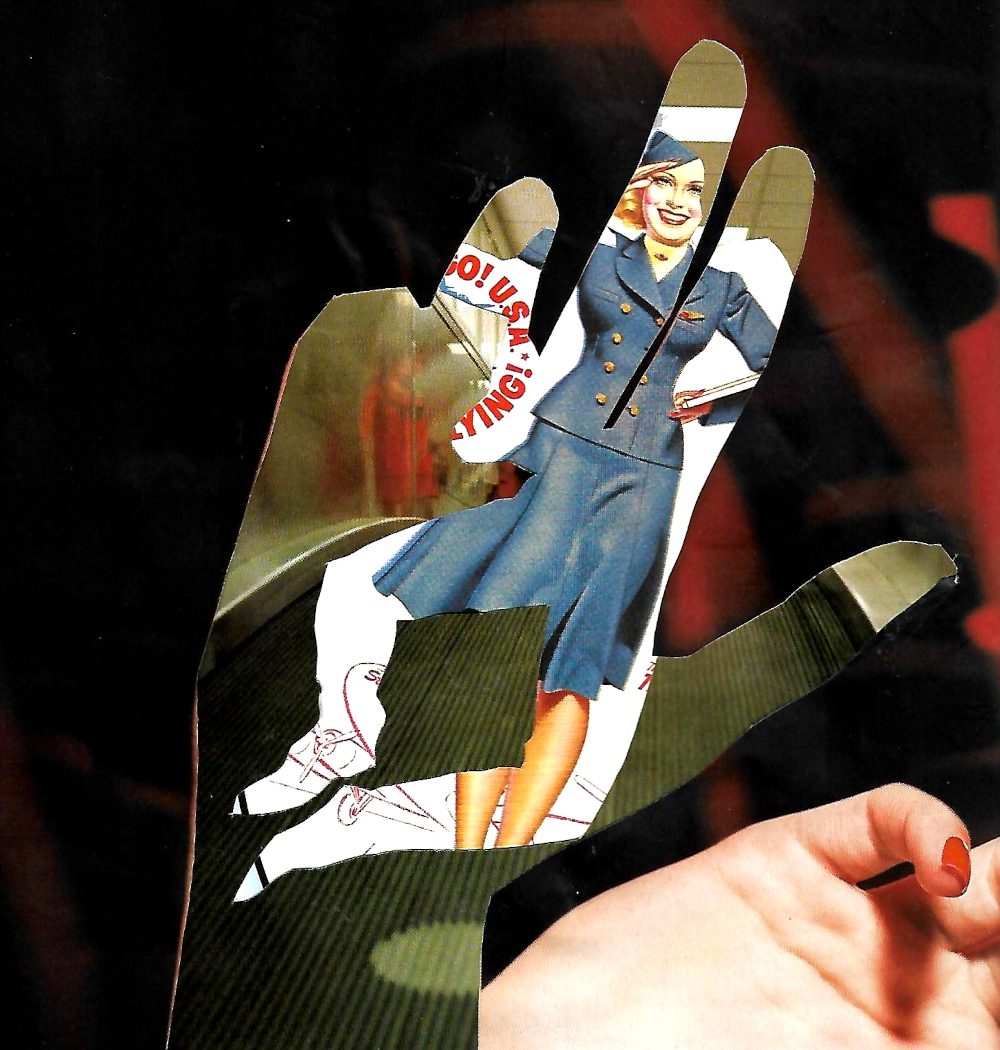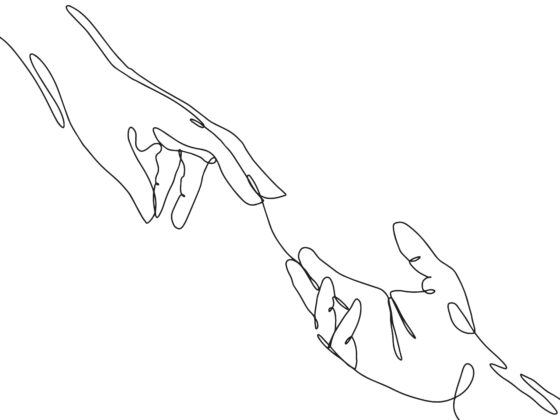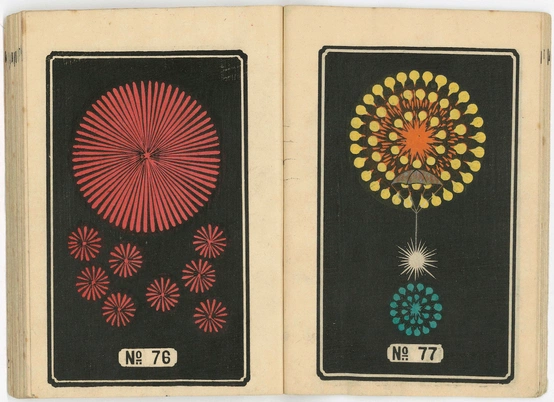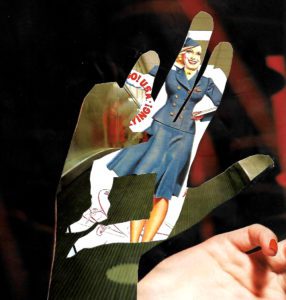
When the man who called himself Dan Cooper handed Florence Schaffner his ransom note on Flight 305 from Portland to Seattle, her initial dismissal of him stemmed from the assumption that he was just trying to fuck.
It wasn’t an unreasonable conclusion to draw. As accounts of the incident on November 24, 1971 are eager to remind us, it was common for stewardesses at the time to receive unsolicited love notes and phone numbers from lonely passengers. The flight attendant who was handed Cooper’s note almost didn’t read it because, according to her own account, she assumed Cooper was just another businessman attempting to proposition her. It wasn’t until Cooper told her, “Miss, you’d better look at that note,”—a note demanding $200,000 and four parachutes by 5 p.m. or everyone on board would die —that Schaffner had to take him seriously.
In the Pacific Northwest, the story of D.B. Cooper holds a folksy, mythological importance that verges on a sort of local pride. We’re raised on the story of the man who hijacked a plane bound for Seattle from Portland on Thanksgiving 1971, armed with what appeared to be a homemade pipe bomb smuggled in his briefcase. After allowing all passengers to leave the plane in Seattle, where the FBI delivered his requested payment in twenty-dollar bills, he demanded that the flight crew take him to Mexico City. Somewhere over the Cascade Mountain range, however, Cooper disappeared, jumping out of the plane with his money and parachutes in tow, never to be seen or heard from again despite the FBI’s best efforts. D.B. Cooper’s disappearance is the closest thing we in the northwest have to our own Wild West legend, an outlaw tale that lives among the likes of Bigfoot in our pantheon of regional kitsch.
Growing up in Washington State meant that I had more than my fair share of historical boogeymen to look out for, and for a tongue-tied shut-in like me, all scraggly bangs and ghost stories, there was no greater honor than learning that my family was connected to Washington’s very own legend. My great-uncle, William Scott, was one of the pilots on Flight 305 in 1971; in some small way, I was a part of that history, and like so many others, I absorbed the predominant narrative that elevated his cult folklore status—one that marveled at Cooper’s ability to disappear completely, baffling the government for decades, all mystery and no substance. It wasn’t until some time later when I stumbled across the anecdote about Florence Schaffner’s dismissal of the ransom note—a bland little piece of information, a bit of human interest to pad out narrative space between the setup and the story’s explosive hook—that I considered the story from a different point of view.
I’ve been intrigued by that piece of information ever since, no matter how trivial it seems in the grand scheme of the D.B. Cooper tale. It’s impossible to ignore Florence Schaffner’s weariness and the everyday nature of such a proposition. Men handing her unsolicited notes, making demands for attention, were such a commonplace part of her job that she had to be told twice to take a bomb threat seriously. Even before Cooper boarded her plane, Schaffner had taken to wearing wigs to disguise herself and avoid the unwanted advances of aggressively lascivious customers. The only thing different about Dan Cooper was his bomb.
Skim through any article or essay about the D.B. Cooper hijacking and a few common threads begin to emerge. Most histories remember Cooper’s dark glasses, clip-on tie, the jumble of wires in that briefcase that he passed off as a bomb. Some even recall his drink order (a Seven and Seven) or the brand of cigarettes he chain-smoked during the hijacking (Raleighs). But it’s rarer to find more than a passing mention of the two women who spent the most time with Cooper; when Florence Schaffner, the woman who intercepted the ransom note, is mentioned it is usually in relation to her youth and sexiness, and Tina Mucklow is the “caring, compassionate, and gracious” flight attendant who sat next to Dan Cooper and lit eight of his cigarettes while he kept his finger on the bomb trigger en route to Mexico City. Much of what is written about the case is drenched in Pan Am-era nostalgia, vaguely reminiscent of a time when air travel was glamorous, eagerly feeding audiences an adventure fantasy with a veneer of sexy intrigue. When they are mentioned at all, Scaffner and Mucklow become something akin to caricature: the young stewardesses, helpless and captive in the thrall of an older, more powerful man who controlled their every move for a number of hours. Most of these histories gloss over or outright ignore the few pieces of information that we know about these women—Schaffner’s history with aggressive passengers who led her to disguise herself on flights, how she feared Cooper “[taking] her hard by the wrist and raping her right there” after she read his note. How she imagined her parents watching the situation unfold on the news in real time, wondering if their daughter would make it out alive. Her feelings about the night she was held hostage at ten thousand feet are always eclipsed by pages and pages of suspect names and speculation on what man would have the audacity—the balls—to pull off such a heist. The experiences of the women who actually interacted with him are always an afterthought, a bit of narrative padding before the story launches off into a thrilling whodunnit adventure.
Cooper hijacked flight 305 in the midst of what we now call the “Golden Age of Hijacking,” a winsome and semi-nostalgic title that evokes images of something glamorous and romantic and not what it was: a wave of terrorism and robbery perpetrated broadly by white men. In the year following Cooper’s hijacking attempt, fifteen copycat heists were carried out on US planes with varying degrees of success.
Florence Schaffner and Tina Mucklow have largely avoided the spotlight since those initial witness reports in 1971, and likely for good reason. Tina Mucklow, in particular, has been hounded for years (even while living in a central Oregon convent in the 1980s) by amateur sleuths and small-time journalists trying to snag an exclusive interview with the FBI’s former chief witness in the investigation. She is rarely seen in public, barring these photos taken without her consent, paparazzi-style, by the Mountain News, and a few aggressive attempts by reporters to get her on the record. In a rare interview with Rolling Stone in January 2021, her first in years, Mucklow noted that ninety to ninety-five percent of people who have dogged her through the years for information or comments on the hijacking have been men. And, it’s clear from their questions, they’re not interested in her, specifically. They always want to know what she remembers of Cooper, what he said to her, what he looked like, which of the suspects she thinks is the most likely culprit. Her reluctance to speak to the press or be involved in public speculation have led many of these men to label her “reclusive,” “bitter,” and a “wounded woman,” when in reality, Mucklow says, she has avoided the limelight in an attempt to move away from the hijacking and establish a life outside of that night in 1971. Unfortunately, it seems that the request continues to go unheeded; the same way we gloss over the victims of serial killers and cult leaders, plucking out a handful here and there to serve whatever narrative we’re pushing, we have defined Mucklow and Schaffner by their relation to this infamous man. In doing so, we glance right past their humanity and their trauma, all too eager to cast them as static observers in someone else’s adventure story.
The allure of an unsolved crime lies in the scope of possibility; it’s why there is a multimillion-dollar cottage industry dedicated to cold cases, kidnappings, disappearances that have led nowhere, and D.B. Cooper’s case is a perfect entry into the pantheon. On the surface, he’s an appealing folk hero; unlike the other Northwest infamous men like Ted Bundy or Gary Ridgeway, Cooper didn’t actually kill anyone, and the fact that he disappeared without a trace leaves his story open to interpretation, an endless source of speculation and conspiracy for armchair investigators and true-crime junkies. He simply held at least four people, including two young women, hostage aboard a plane while threatening the lives of over fifty passengers and extorting money from the US government for reasons we still don’t understand. All that most writers can drum up about the man known as Dan Cooper is that he “seemed like a normal guy.” The composite sketch of Cooper, with his dark sunglasses and clip-on tie, has become synonymous with dapper anti-heroism, a larger-than-life piece of folklore that poses no threat and serves as a breeding ground for endless speculation, conspiracy, and merchandising. As is often the case, then, the reality of the event gets lost, and the particulars and people involved are reduced, commodified, perpetually frozen in time, eternal side characters in a local legend.
Maybe it’s a small thing, to agonize over the lost voices and experiences of these women involved in a half-forgotten cold case. But for me, growing up with a wide-eyed obsession over all things weird in Washington, there was no greater wake-up call to the all-consuming gluttony of true-crime culture than the D.B. Cooper case—and, to an extent, the pervasiveness of male violence. It wasn’t just the bomb threat on the cocktail napkin. It was the fact that Florence Schaffner almost didn’t register it. It’s the fact that Cooper’s folk-hero persona has largely blotted out his real intention to do harm in order to get money. In a world where every crime story and serial killer bildungsroman can be condensed neatly into a fifty-minute podcast with time for ad breaks, it’s easy to forget that these aren’t characters, but real people whose lives will never be the same because of the act of a self-interested man who has had the privilege of living on in anonymity. In doing so, we make the crime something less than real, something without victims or consequences, just a collection of names and dates and timelines without meaning. The experiences and livelihood of the victims of the crime are caricatured, frozen, defined by others for the rest of time.
We have a responsibility to victims, in all instances of crime, to respect their wishes. But that requires listening and allowing our desires for closure or easy answers to take a backseat. As for me, I’m less interested now in what kind of parachutes Cooper requested or what his drink order was. I’m not interested in how he might have survived the jump; I’m more focused on how the women whom he held hostage survived. Perhaps if we focused on their stories for just a moment longer—heard the wobble in their voices instead of their recitation of facts, understood Schaffner’s fear of sexual assault, Mucklow’s weariness at being followed for the majority of her adult life—our understanding of the Cooper case (and, dare I say it, unsolved cases in general) might shift. It might no longer be the story of a cowboy of the north, but one of a grand act of trauma and the resilience required by its victims to survive it. As long as the case goes unsolved, as long as the FBI closes and opens and then closes the file again, there will be speculation and scandal. Maybe there will be more confessions, more clues, more evidence revealed, though I doubt it. When Dan Cooper jumped out of that plane in 1971, he launched himself into a story that no longer concerned him. The stories of Florence Schaffner and Tina Mucklow will go on regardless of who Dan Cooper actually was, and at the very least we owe it to them to go on with them.
***
Rumpus original art by Cyrus Finegan.


